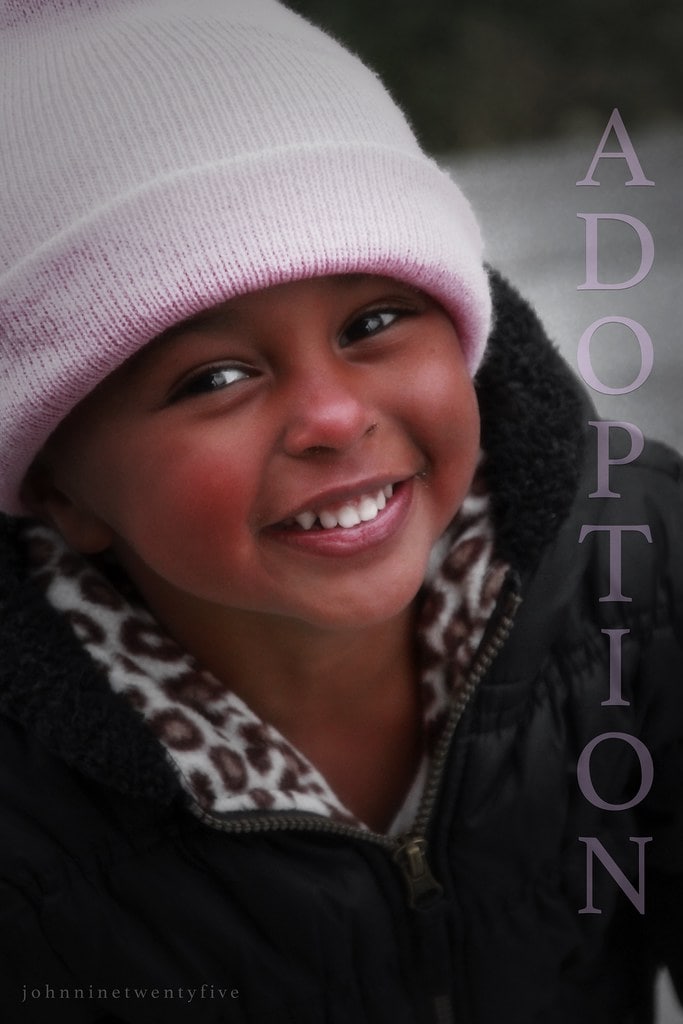
CHILD ADOPTION LAWS IN INDIA
Children are believed to be a cluster of joy and the future of the country depends on them . Adopting a children is certainly a huge decision one can make . It is a very sad state that in some cases, these children become victims of human trafficking and sexual violence cases, whereas in many fortunate cases children are taken to an adoption agency and they may hope for a better life while waiting to get adopted . There are a lot of considerations that are to be dwelled upon before making a move of adoption .
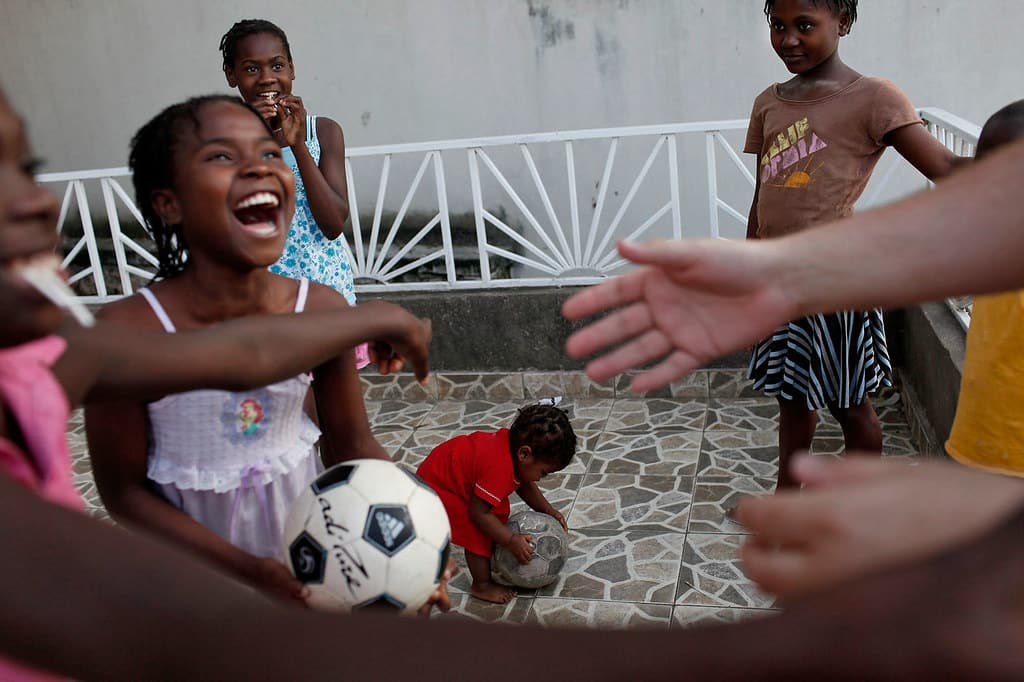
WHAT IS ADOPTION ?
The permanent legal transfer of all parental rights from one person to another person or couple is called Adoption. Adoption is a legal affiliation of a baby and it forms the subject matter of personal law. The objective behind bringing this concept was to secure performance of one’s funeral rights and to preserve the continuation of one’s lineage.
What are the laws governing Adoption in India?
There are three major legislations governing the adoption process in India: The Hindu Adoption and Maintenance Act of 1956, the Guardians and Wards Act of 1890, and the Juvenile Justice (Care and Protection) Act of 2000, amended in 2006.
The adoption under Hindu law is governed by the Hindu Adoption and Maintenance Act of 1956. Muslims, Christians, and Parsis have no adoption laws and have to approach the court under the Guardians and Wards Act, 1890. According to the latest figures there are only 2,188 children in the adoption pool, while there are more than 31,000 parents waiting to adopt a child which forces many to wait for upto three years to be able to give a family to a child.
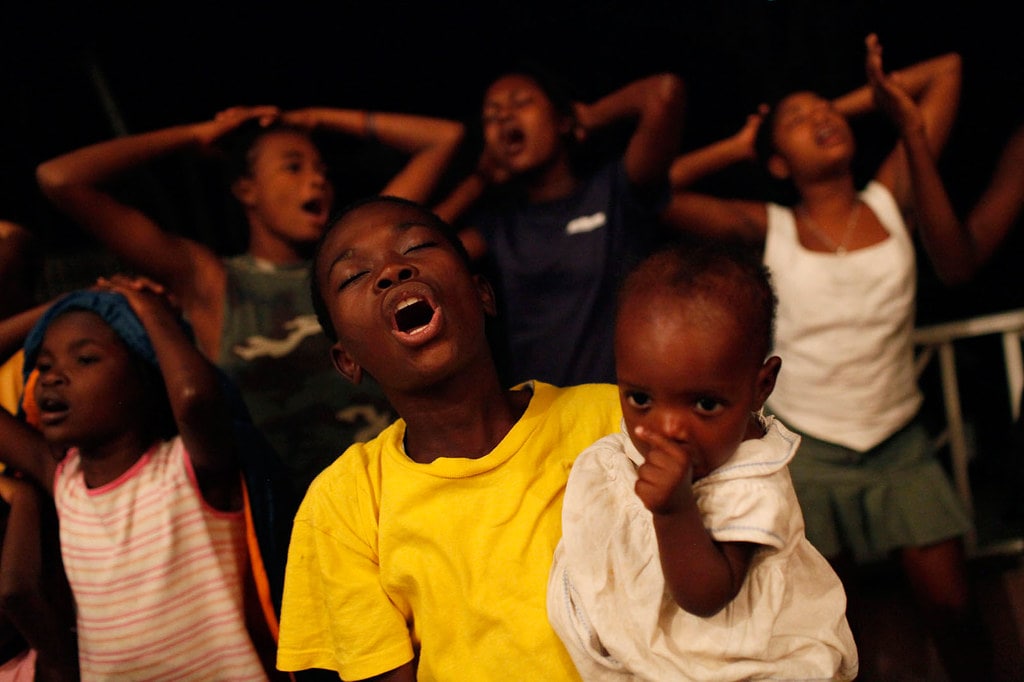
Where do families who are willing to adopt go?
An aspiring adoptive family will need to approach a licensed agency. The list of licensed adoption agencies is available at the CARA websites .
Eligibility criteria for prospective adoptive parents
- No child shall be given in adoption to a couple unless they have at least two years of stable marital relationship except in the cases of relative or step-parent adoption
- The prospective adoptive parents shall be physically, mentally, emotionally and financially capable, they shall not have any life threatening medical condition and they should not have been convicted in criminal act of any nature or accused in any case of child rights violation.
- In case of couple, the composite age of the prospective adoptive parents shall be counted.
- A single female is allowed to adopt a child of any gender but a single male is not allowed to adopt a girl child.
- The maximum age limit of a single parents should be 55 years.
- On the date of registration, the age of parents should be as per CARA guidelines.
- The seniority of the prospective adoptive parents who have not received a single referral within three years shall be counted from their date of registration except those who have crossed composite years of one hundred ten years.
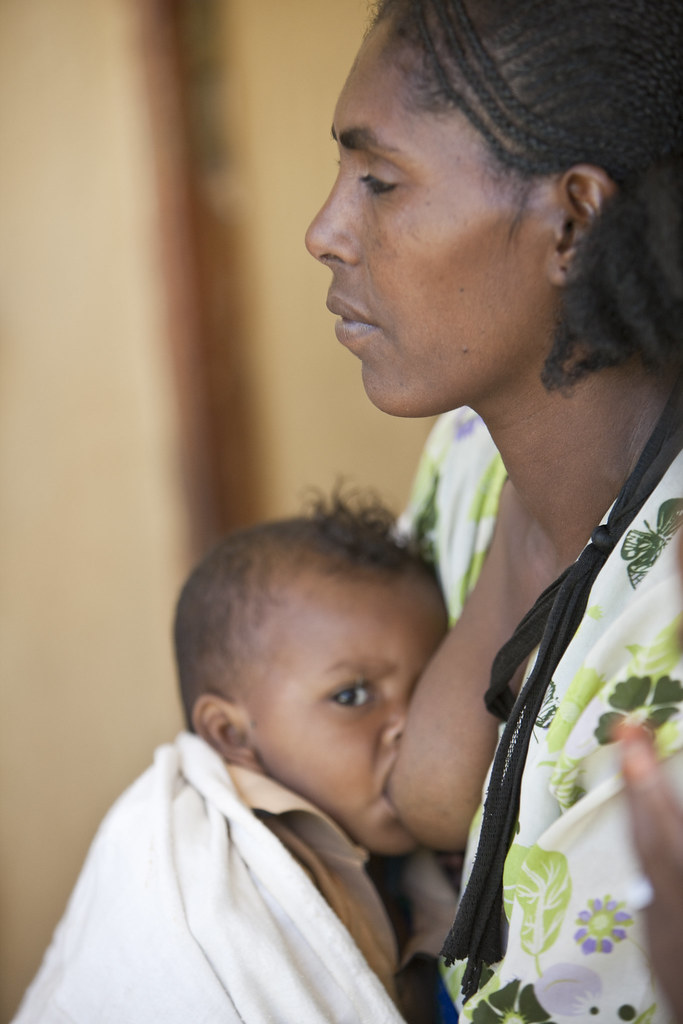
IMAGE CREDIT : Flickr
List of documents required for adoption are
- Marriage Certificate or an affidavit
- Income Certificate or tax returns papers
- Birth certificate or any proof of age
- Photograph of the couple
- Infertility report, if applicable, or a medical report of the couple’s prospects for having biological children.
- Bank references and property statement
- For inter-country adoptions, the Home Study Report must be prepared by an agency that has been approved by the Government of India
- Three reference letters recommend the couple as adoptive parents.
HINDU ADOPTION AND MAINTENANCE ACT, 1956
The Hindu Adoption and Maintenance Act, 1956 is a part of codifying and modernizing Hindu law and was passed after independence. Section 6 to Section 11 of Hindu Adoption and Maintenance Act states clearly the rules of hindu adoption . This acts removes several gender based discriminatory factors by reflecting the principles of equality and social justice.
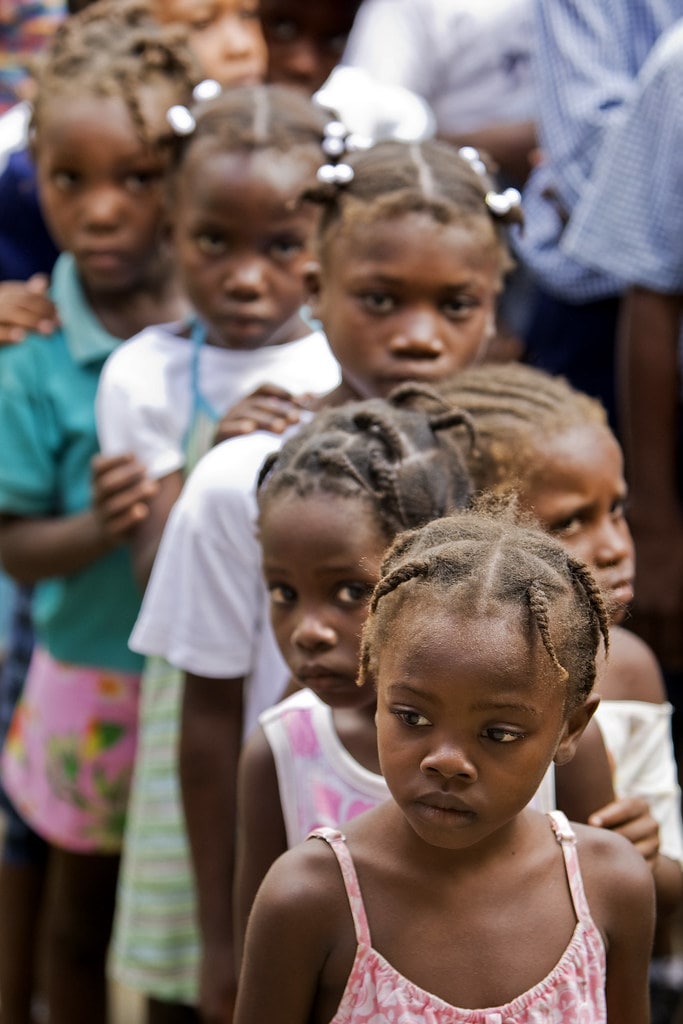
Capacity Under Juvenile Justice (Care And Protection of Child) Act, 2015
If a child is an orphan, abandoned and surrendered, a couple or a single parent can adopt him or her. Where any adoption has been made under HAMA, the provisions of this act shall not apply.As per section 38 of JJ Act, 2015 and Regulation 6 and 7 of AR, 2017, Child Welfare Committee can legally declare an OAS child free for adoption and the Children up to the age of 18 years can be adopted.
GUARDIANS AND WARDS ACT, 1890
The Guardian Wards Act, 1890 was a law to replace all other laws regarding the same. It was the only non-religious universal law regarding the guardianship of a child and is applicable to all India except the state of Jammu and Kashmir. This law is particularly applicable for Muslims, Christians, Parsi’s and Jews as because their personal laws do not permit full adoption .
CONCLUSION
Adoption brings happiness to kids, who were abandoned, or orphaned and thus is a noble cause. Moreover it is a beneficial program where the child is treated as the natural born child and given all the love, care and attention . It fills the void in the parents who yearned for kids, their laughter and mischief echoing off the walls of a home . The adopted child will get proper care and protection and will have a bright future, No doubt, this is a complex process but if such thing is implemented, every parentless child will go to school and will have a life which he would have never dreamt of .
